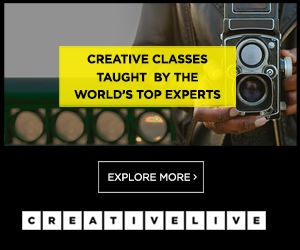Highlights from the Wearable Technologies Australia conference
We had the pleasure of attending the Wearables Technologies Australia conference in Melbourne in 2018. Starting in Germany, this organisation now runs events internationally, bringing the worlds of IoT, wearables, AR, AI, VR and so forth together.
We loved the range of industries showcased, featuring not only healthtech, but also sportstech; design; consumer goods; and fashion tech.
What was the key idea from the event?
Good Design Needs ALL Users To Be Involved
I mean, it’s obvious, right? If you’re going to design a product, you want to make sure everyone’s happy to use it. Especially when an organisation’s potentially spending millions of dollars on its acquisition.
This is a very common failure in startups. Designing a product that you love is a great thing and can be very self-satisfying as part of the creative process!, but if you’re really wanting to sell your product and eventually scale, it needs to suit all your users best. And as many speakers mentioned, users aren’t just your patients! Every doctor, nurse, physio, and other healthcare professional out there knows how frustrating it is dealing with EMRs that are built to suit Excel users rather than intuitively helping you on a ward round.
This was what got The Medical Startup going in the first place; the frustration that healthcare workers aren’t included enough in the design process. And hearing industrial designer Leah Heiss speak about her design process helped us understand; too often, designers aren’t brought into the process until late in the development stage, and funds may be limited to a small part of the budget. Meaning, your engineers may have worked hard for the bulk of the project, but when the design team comes in, due to budget constraints, they have to deal with what they’re presented with, rather than sharing responsibilities with the engineers from the start of the work.
Leah was behind the design of Blamey Saunders’ beautiful hearing aids, inspired by trips to the Melbourne Museum geology collection and jewellery. As a designer, Leah’s job ultimately reflects what doctors are trained to do: interview well. Designers can spend hours taking good interviews from end users, to thoroughly understand what problems they face; what their behaviour is when faced with these problems; and even little things, like the aesthetic beauty of the product, and its ease when tucked into a pocket, whether for male or female users, was a key feature of Leah’s award-winning design.
We also enjoyed learning about headsets monitoring for signs of concussion during rugby matches; smart clothing from Billie Whitehouse; and many more innovations from across the globe.

